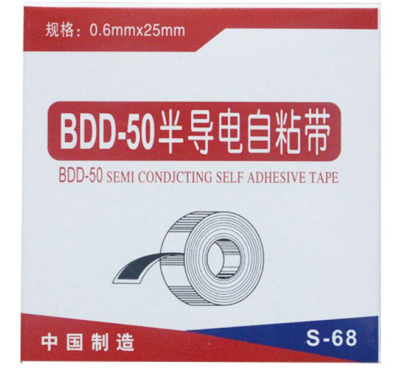The Importance of Reflective Floor Tape in Safety and Visibility
In various industries, from manufacturing to retail, ensuring safety and visibility is paramount. One often-overlooked yet incredibly effective tool in achieving this goal is reflective floor tape. This versatile and practical solution plays a crucial role in enhancing safety protocols, guiding personnel, and preventing accidents in environments where visibility may be compromised.
What is Reflective Floor Tape?
Reflective floor tape is a specialized tape designed with high-visibility reflective materials that enhance visibility in low-light conditions. Made from durable, weather-resistant materials, this tape is ideal for indoor and outdoor use. Its primary function is to provide a clear visual guide, highlighting pathways, hazards, and important areas such as emergency exits, loading zones, and workspaces.
Enhanced Safety Measures
In workplaces, the risk of accidents can be significantly reduced through the strategic use of reflective floor tape. It helps in marking hazardous areas, such as corners, steps, and machinery zones, making them more noticeable to employees. In environments with heavy machinery, reflective tape can delineate safe areas and prohibit entry zones, reducing the chances of accidents and injuries.
Moreover, the visibility provided by reflective floor tape is crucial during emergency situations. In case of power outages or other emergencies, the tape’s reflective properties can guide personnel to safety, ensuring they can exit the premises quickly and safely. This enhanced visibility can be the difference between order and chaos when every second counts.
Applications of Reflective Floor Tape
The applications of reflective floor tape are vast, covering various sectors
. In warehouses and distribution centers, this tape is used to create clear walkways, ensuring that employees and forklifts can coexist safely. By marking pedestrian-only zones and paths for vehicles, businesses can streamline operations while prioritizing worker safety.reflective floor tape

In retail environments, the use of reflective floor tape helps in managing customer movement and directing traffic. It can guide customers toward exits during sales events or emergencies, ensuring a smooth and efficient flow. Additionally, in parking lots, reflective tape can mark parking spaces, designated spots for handicapped individuals, and areas to prevent unauthorized parking, enhancing the overall organization and safety of the lot.
Versatility and Customization
One of the significant advantages of reflective floor tape is its versatility. It comes in various colors, sizes, and designs, allowing businesses to customize their safety measures according to specific needs. For instance, different colors can indicate different levels of caution, with red often signifying danger and yellow suggesting caution. This color-coding system simplifies the identification of areas requiring special attention.
Moreover, reflective floor tape can be easily applied to various surfaces, including concrete, wood, and metal. The adhesive backing ensures that the tape adheres securely without causing damage upon removal, making it a practical choice for temporary setups as well.
Maintenance and Longevity
Reflective floor tape is designed to withstand heavy foot traffic and environmental exposure. However, to ensure its effectiveness, regular maintenance is necessary. Businesses should routinely inspect the tape for wear and tear, replacing sections as needed to maintain high visibility. Keeping the tape clean is also crucial; accumulated dirt can diminish its reflective properties, reducing its effectiveness in guiding personnel.
Conclusion
In conclusion, reflective floor tape is an essential safety tool that enhances visibility in various settings. Its application aids in preventing accidents, guiding personnel during emergencies, and maintaining organized workspaces. As industries continue to prioritize safety and efficiency, the use of reflective floor tape will undoubtedly remain a vital component of workplace safety protocols. Investing in this cost-effective solution not only protects employees but also contributes to a culture of safety that can have long-lasting benefits for any organization.
-
XIANGFAN Rubber Tape-Ultimate Solutions for All Your Insulation NeedsNewsJun.24,2025
-
XIANGFAN Rubber Tape-Protection for Industrial and Residential ApplicationsNewsJun.24,2025
-
XIANGFAN Rubber Tape: Superior Safety and Sealing for Demanding EnvironmentsNewsJun.24,2025
-
XIANGFAN Rubber Tape: Reliable Solutions for Every Electrical ChallengeNewsJun.24,2025
-
XIANGFAN Electrical & Industrial Tape: Powering Reliability Across IndustriesNewsJun.24,2025
-
XIANGFAN Electrical & Industrial Tape: Excellence in Every ApplicationNewsJun.24,2025
